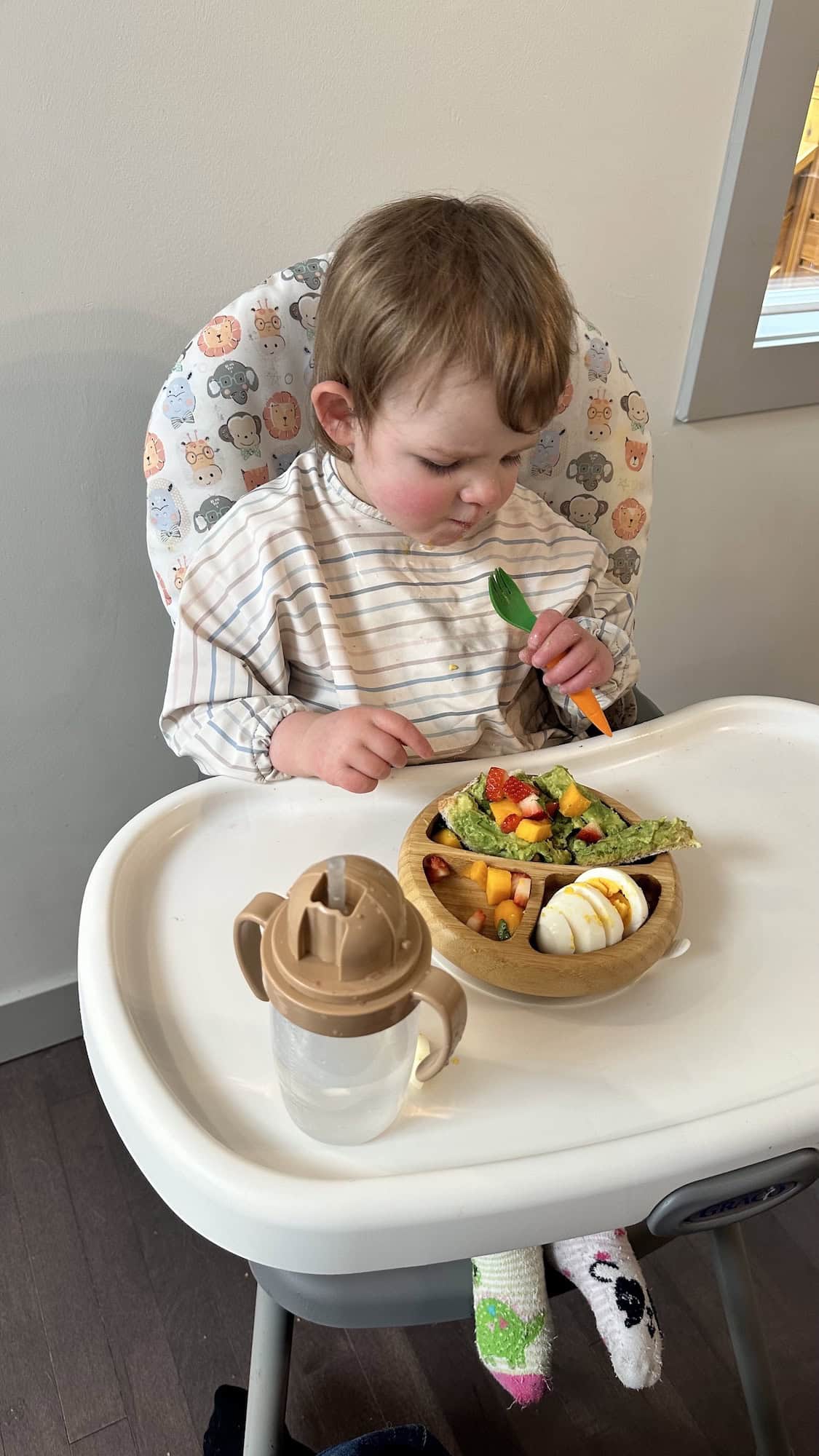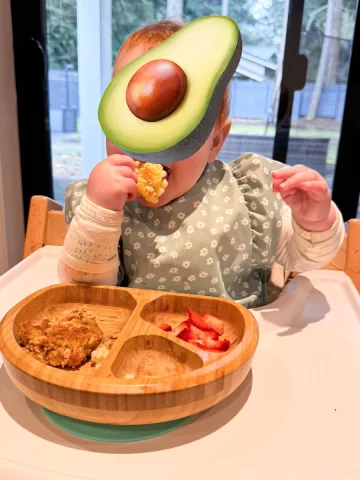
Save this recipe!
Jump to:
How to support raising healthy, happy and intuitive eaters.
As parents, we have the role of choosing the what, where and when to feed our kids. This is known as the Division of Responsibility. We strive to offer our children a variety of wholesome and delicious foods. You likely have heard the common saying, “feed your kids what you are eating”. And yes, we don’t want to be a short-order cook and always preparing a separate meal for our kids. However, this can lead us to offering foods that we prefer, and we might inadvertently be bringing our own biases and preferences to the dining table. We also may have certain attitudes towards foods, that can come out and influence our child’s perception of foods. These biases can impact the foods we offer our kids, and can potentially limit their exposure to diverse flavors and nutrients.
It’s not uncommon for us to unknowingly project our likes and dislikes onto what we might be offering our children.
Here is a recent experience I had with this: I was preparing a mango salsa for my daughter, and this particular one included cilantro —a herb that adds a refreshing zest to the salsa. However, my mom’s immediate reaction when she saw this was one of distaste, exclaiming, “ew, you aren’t going to give her cilantro, are you?!” In this instance, my mom’s personal aversion to cilantro quickly came out without a thought and was placed upon my daughter. But here’s the kicker—my daughter actually enjoys cilantro and loved the fruit salsa!

This scenario highlights a fundamental truth: our own food biases can cloud our judgment when it comes to feeding our kids.
5 suggestions to help our children explore a wide range of foods:
- Self-reflect on our own food biases and preferences. Here is another example: I do not enjoy sauces or any type of condiment. Therefore, I initially never gave my daughter any foods with sauces! It honestly didn’t even occur to me. When I finally realized I had been doing this, and started offering some sauces with other foods, the number of foods that she was more willing to try greatly increased! I encourage you to reflect on your own food preferences and any biases you might have inherited or developed over time. Awareness is the first step towards change.
- Provide opportunities for exposure to different foods. The next time you are at the grocery store with your child, take some time to explore the produce section together. Point out different colours and shapes of the vegetables and fruit with your child. Are there certain foods that you often pass by that perhaps your child notices? Provide an opportunity for your child to choose a vegetable or fruit at the store that they think looks neat to try! There doesn’t need to be any pressure with trying it, but this can be a great way of exposing kids to a variety of foods. They may even choose one that you would never think of trying!
- Continue to offer foods without any pressure and with neutral reactions. We as parents want to avoid pressuring or bribing our child to eat certain foods as this can actually increase their resistance towards foods. It can also undermine children’s own hunger cues, which we want to foster trust that our children know how much is the right amount for them to eat.
- In addition to involving your children at the grocery store, try involving them in meal planning and preparation. Let your kids explore the kitchen, experiment with ingredients, and be part of the decision-making process. This not only empowers them but also fosters a positive relationship with food.
- Lead by example. Be mindful of the language you use around food and avoid negative comments or expressions of dislike in front of your children. Instead, focus on celebrating the diverse flavors and textures that food has to offer.
Conclusion:
As parents it’s important to recognize and challenge our own food biases to ensure that our children have the opportunity to develop unbiased eating habits. By fostering an environment of food exploration and acceptance, we can empower our kids to embrace a diverse and nutritious diet, setting them up to be happy, healthy, intuitive eaters.




